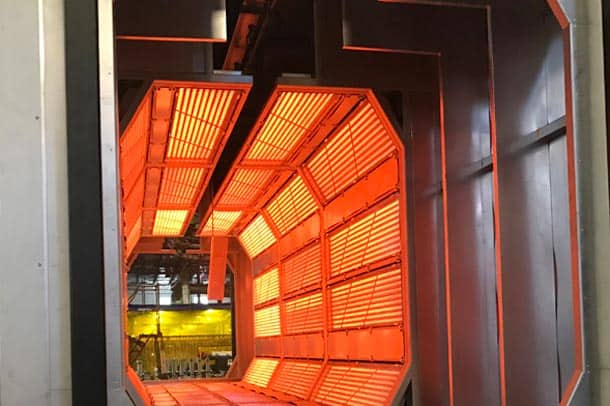So, first things first, let’s talk about the dangers of working with a conveyor oven. The most obvious danger is, of course, the heat. Conveyor ovens are designed to cook food quickly and efficiently, which means they get very hot. And if you’re not careful, you can easily get burned. Now, I know some of you might be thinking, “Well, duh, Gary, we know not to touch hot things.” But it’s not just about touching hot things. It’s about being aware of the heat and making sure you’re not standing too close to the oven or wearing loose clothing that could get caught in the machinery.
Another danger of working with a conveyor oven is the moving parts. As the name suggests, a conveyor oven has a conveyor belt that moves food through the oven. And while this is great for cooking food evenly, it also means there are moving parts that you need to be aware of. If you’re not paying attention, you could easily get your hand caught in the machinery, which could result in a serious injury.
So, what can you do to stay safe when working with a conveyor oven? Well, first and foremost, always wear appropriate clothing. This means wearing clothes that fit properly and aren’t too loose or baggy. You should also wear closed-toe shoes and tie back long hair. It’s also important to never reach into the oven while it’s on or touch the conveyor belt while it’s moving. If you need to adjust something, turn off the oven first.
Another important safety recommendation is to make sure the conveyor oven is properly maintained. This means regularly checking the machinery for any signs of wear or damage, and having it serviced by a professional if needed. You should also make sure the oven is cleaned regularly to prevent any buildup of grease or other debris that could cause a fire.
Finally, it’s important to always be aware of your surroundings when working with a conveyor oven. This means paying attention to the heat and making sure you’re not standing too close to the oven or other hot surfaces. It also means being aware of other people in the area and making sure you’re not blocking any pathways or creating any tripping hazards.
In conclusion, my friends, working with a conveyor oven can be a dangerous task if you’re not careful. But by following these safety recommendations, you can reduce your risk of injury and make sure you’re staying safe on the job. Always wear appropriate clothing, be aware of your surroundings, and make sure the oven is properly maintained. Remember, safety is always a priority, no matter how unglamorous or unexciting the task may seem.
Cheers,

![]()






